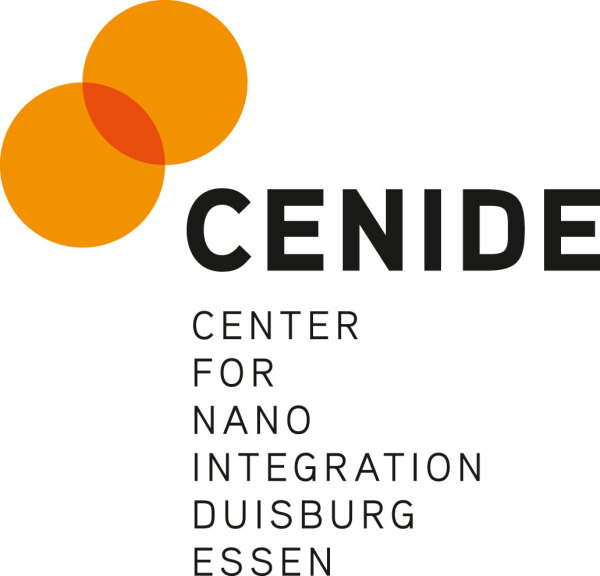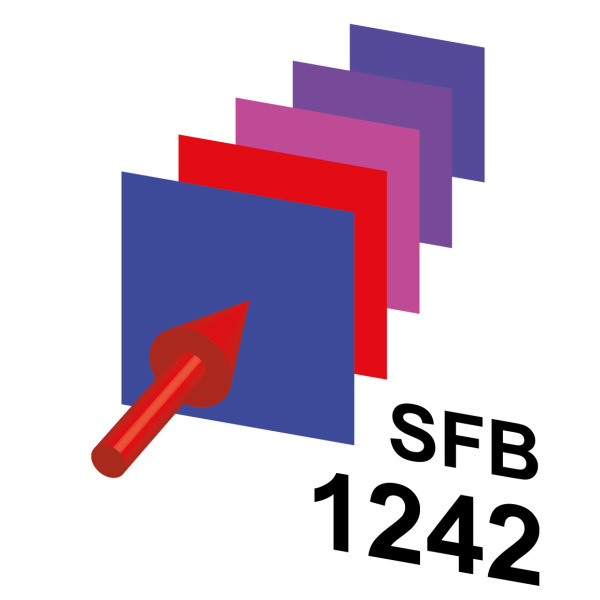Projects and Collaborations

International Graduate School 2D-Mature: Scalable 2D-Materials Architectures
Our group is contributing to project P5: Fundamental Insight from Dynamic and Microscopic Analysis
Owing to their unique optical and electronic properties, convenient two-dimensional structure, and flexibility for device fabrication, two-dimensional (2D) materials are being intensively studied. Most devices, however, do not perform as expected as even the slightest aberration from the ideal structure may affect the properties because of the 2D nature of the active layer. These imperfections are caused by, e.g., the interaction with the substrate or other 2D layers or by strain, point defects, dopants, and grain boundaries. In terms of performance, deviations from the ideal structure may be either detrimental or advantageous and the physical mechanisms of current strategies to either compensate or exploit these effects are only poorly understood.
Project P5 aims to reveal the underlying microscopic mechanisms, on the base of which effective measures for fabrication and post-treatment compatible with scalability and device architecture are to be developed. First-principles calculations will be used to calculate the formation energy of point defects and charge transfer levels in the fundamental band gap introduced by them, first in free-standing transition metal dichalcogenide films and subsequently in monolayers sandwiched between graphene and/or polar substrates that contribute to dielectric screening. The charge transfer levels form the basis for the interpretation of measured photoluminescence (PL) spectra and for building of kinetic models describing carrier recombination. The heterostructure calculations, to be performed both with density functional theory and the GW + quantum electrostatic heterostructure method, will yield information about the band offsets relevant for carrier injection in light-emitting diodes and photodetectors. Moreover, binding energies and geometries of organic passivating molecules (e.g. oleic acids) will be determined; calculated Raman spectra will allow us to compare to experiment and thus verify successful defect passivation.
This theoretical input will complement and facilitate the analysis of time-resolved transient PL/absorption/reflectivity data.
Collaborating groups:
Prof. Dr. Michael Horn-von Hoegen (UDE)
Prof. Dr. Marika Schleberger (UDE)
Prof. Dr. Germán Sciaini (University Waterloo, Canada)
Read more
Collaborative Research Centre 'Non-Equilibrium Dynamics of Condensed Matter in the Time Domain' (SFB 1242)
Project B2: Ab-Initio Simulation of Electronic Excitation and Relaxation
This project will be mainly concerned with the simulation of sub-picosecond dynamics in low-dimensional systems, i.e., in molecules, or in layers of two-dimensional materials. The systems to be studied are stimulated on a femtosecond time scale by an ultra-short laser pulse or by ion impact. Topics of interest are both the frequency-dependent optical response of the system as well as the interplay of its numerous internal degrees of freedom (of the atomic coordinates, charge and spin
state) in response to the excitation. We will focus on systems where the forces due to electronic excitations are very strong, such that they can switch the atomic geometry between the ground state and a long-lived non-equilibrium state. A similar process occurs locally at an electronically driven phase transition at a surface, e.g. on the Si(100) surface. The methods used to simulate the dynamics comprise time-dependent density functional theory (TDDFT) combined with Ehrenfest dynamics, employing a computer code based on atom-centred numerical orbitals that allows for an efficient numerical treatment of system with low dimensionality and low symmetry.
Project B7: Unifying Theoretical Description of Relaxation in Electron Systems
The excitation of an electron system on ultrashort time scales, e.g. by femtosecond laser pulses, triggers complex many-body dynamics. The dominating relaxation mechanisms may vary depending on the time passed since the excitation and the relevant coupling strengths. It is the aim of this project to develop a comprehensive picture of these relaxation phenomena by intertwining different theoretical approaches. This will be achieved by method development at the interfaces between them. The developed theory will ignificantly enhance our general understanding of non-equilibrium dynamics and will provide the basis for the interpretation of pump-probe experiments.
Read more


